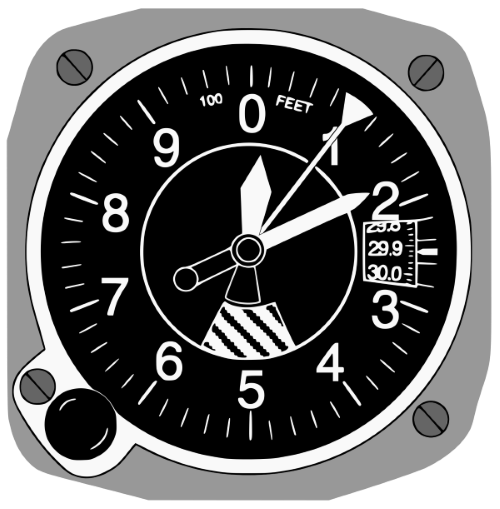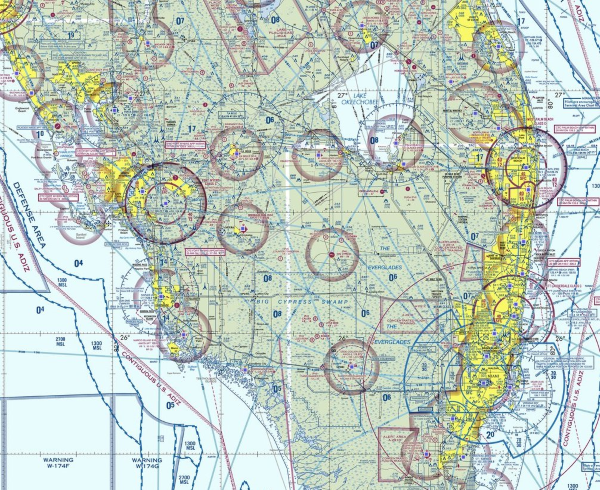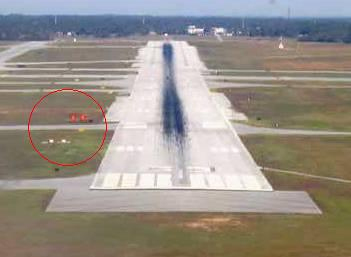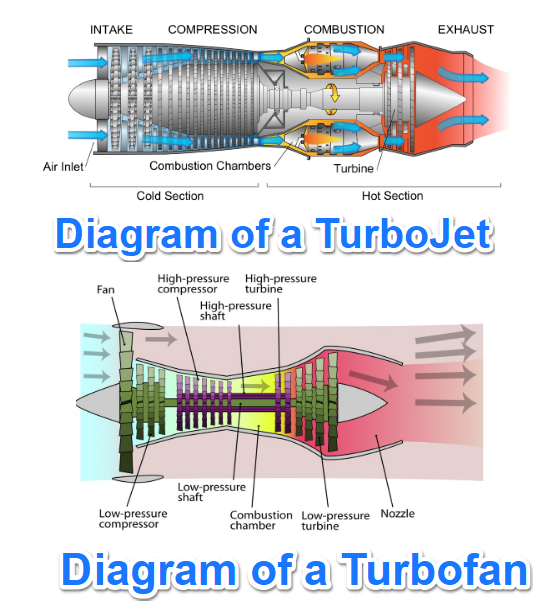Flaps have become ubiquitous on modern airplanes, as they give pilots more flexibility and maneuverability during landing and, occasionally, takeoff. The purpose of flaps is to create both extra lift and drag, lift being created by increasing the surface area of the wing, and drag by extending the flap down into the air stream. This Read More…
Blog
Aircraft Altimeters Explained
The altimeter is only one of many instruments, but it is one of the most important because it tells the pilot how high they are. But just reading the number indicated doesn’t give the full picture about what’s going on. Why? Because there are different definitions of altitude, and altimeters must be calibrated correctly to Read More…
Class G Airspace Explained
Class G airspace can often times be confusing and misunderstood, especially for new pilots. We are taught about Class A, B, C, and D airspace, and that E stands for everything else. But what exactly is Class G airspace, where is it located, and what are the requirements to fly in it? What are the Read More…
Visual Approach Slope Indicator (VASI) Explained
Most people, both pilots and passengers alike, will judge the flying skills of a pilot based on how smoothly they can put the aircraft down on landing. Performing the perfect landing starts off by making a perfect approach. Making a perfect approach can be made much easier by taking advantage of everything installed at the Read More…
Turbojet vs. Turbofan Explained
Leafing through Jane’s, or geeking out about your favorite planes on Wikipedia, you may have noticed that some planes are said to have turbojet engines, and some have turbofans. You might be wondering (and for good reason) what the differences are between each. Throughout this article, we’ll give you a brief understanding of what each Read More…





